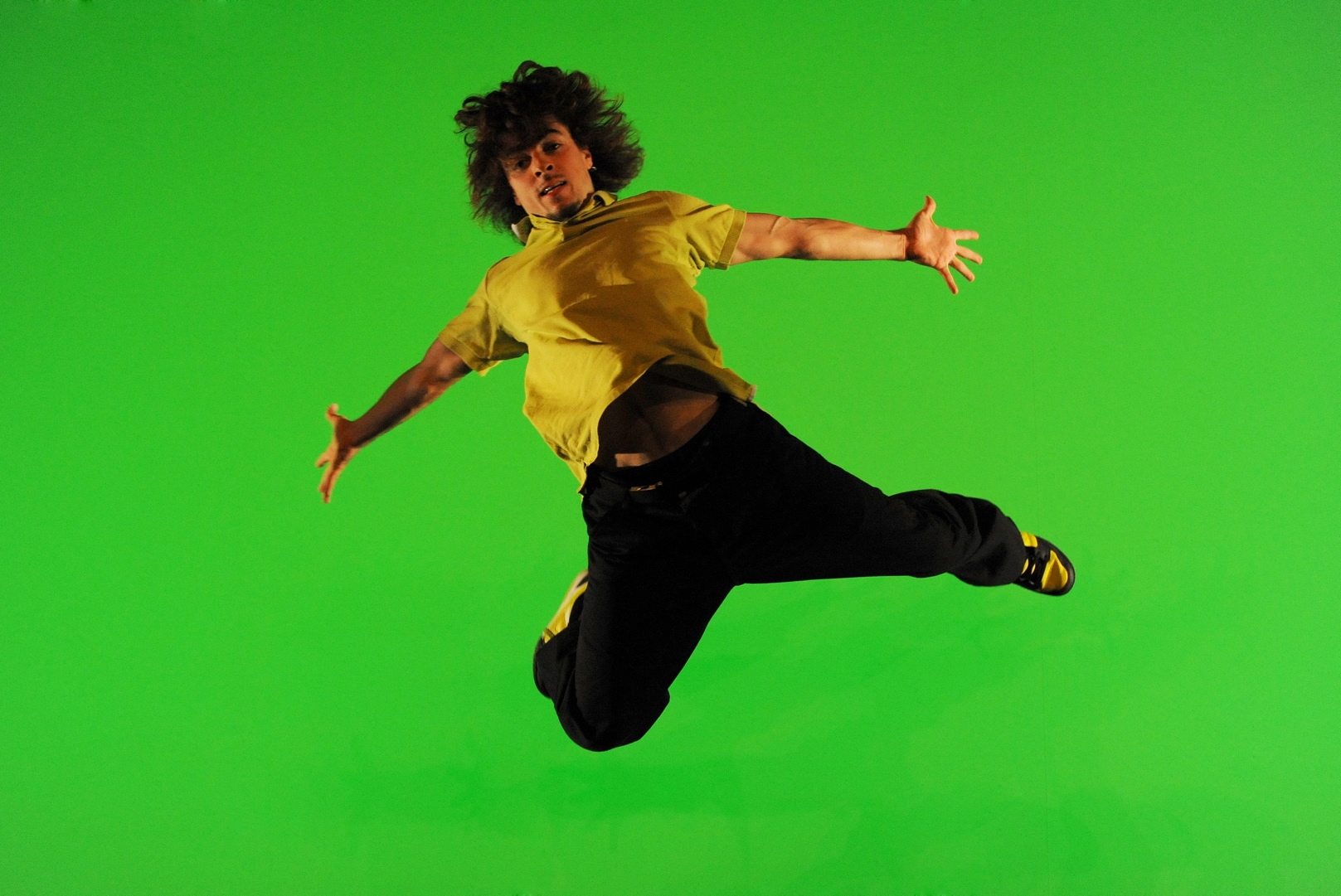A look at how contemporary dance is using technology to support its vision.
By Elizabeth Ashley.
For many dancers and their audience the only technology of interest is the technology of the dancer’s body. Anything else is of secondary importance – sound, light and other media forms are used only to assist the dancer who is the prime carrier of the artistic message.
Technological development challenges this view and contemporary companies are increasingly performing works which incorporate sophisticated media/technology. Interestingly this technological frontier is a two-way street with dance companies incorporating technology while technological research incorporates dance in their exploration of motion-sensing, body memory and the process of visual empathy.
Asphalte by Compagnie Dernière Minute
The technology used in Asphalte is notable for its effective simplicity. The set is dominated by a central block of light which frames each piece, creating panels of a comic book. Like the computer screens most of us are familiar with, it is capable of providing a solid background, becoming translucent for the bodies behind it and providing a kaleidoscope of strobe-lighting shadows.
Primary colours and strong geometric lines give the stage sets a strong Pop-Art feel with small glowing cubes that provide the dancers with a multiplicity of energy forms. These simple props convey the prized quality of urban mobility as well as portraying diverse charges of energy from physical movement, static illumination, electrical charge, and microscopic cellular energy to a space-age lunar scape or post-nuclear fall-out.

Sydney Dance Company
6 breaths by Sydney Dance Company
The technology used in SDC’s 6 Breaths incorporates an opening and closing video-art projection by Tim Richardson to the music of Ezio Bosso. This monochrome projection consists of fragments that move like a flock of birds or leaves blown by the wind to magically form a giant 3-dimensional sculptured torso. This not only entrances the audience but also creates the dance theme of unfolding not as an act of fragmentation but of humanistic creation.
As in Asphalte, the technology sets the dance’s aesthetics and tone, in this case elemental classicism. The size and visual power of the projection could easily overpower the dance, hence it is strategically used to set the stage before the dance itself fully unfolds. The creator’s breath returns to close the performance as an embracing couple reforms from the blown fragments.
Glow by Chunky Move
Gideon Obarzanek’s Glow uses sophisticated interactive video technology to create an intensely moving duet of sole dancer and technological ‘other’. With the use of a motion-sensing system and live-generated algorithms the technology fulfills its role of supportive partner as the dancer performs in a living responsive environment, with no two performances being exactly the same.
While this technologically intense work could be perceived as anti-humanistic, the choreographer, Obarzanek, chooses to highlight the analytical capabilities. When used sensitively, he argues that technology, like many diagnostic tools in our life, is capable of illuminating and embodying our abstract and internal relationships that would otherwise be invisible.
Dancing to the challenge
Each of these works highlights the significant challenge of technology for dance performance. Dancers are now challenged to dance with dynamic objects, against powerful live projections and/or within complex sensing spaces. And while the technological incorporation varies with each work, the success of each comes from the choreographer knowing how to integrate this technology into his or her particular aesthetic vision. This success is neither from ignoring technology nor necessarily seeking out the newest and most sophisticated developments. Rather, machines can only dance when they are sensitively incorporated into the dancing body, submitted to an artistic vision.
Photo from Asphalte. Credit Ian Bird.

















